Ford's OG Mustang falls behind its Mach-E descendent
The electric Mustang crossover surpassed its gas-powered namesake in 2024, reflecting shifting consumer preferences and a new era for Ford’s pony car.
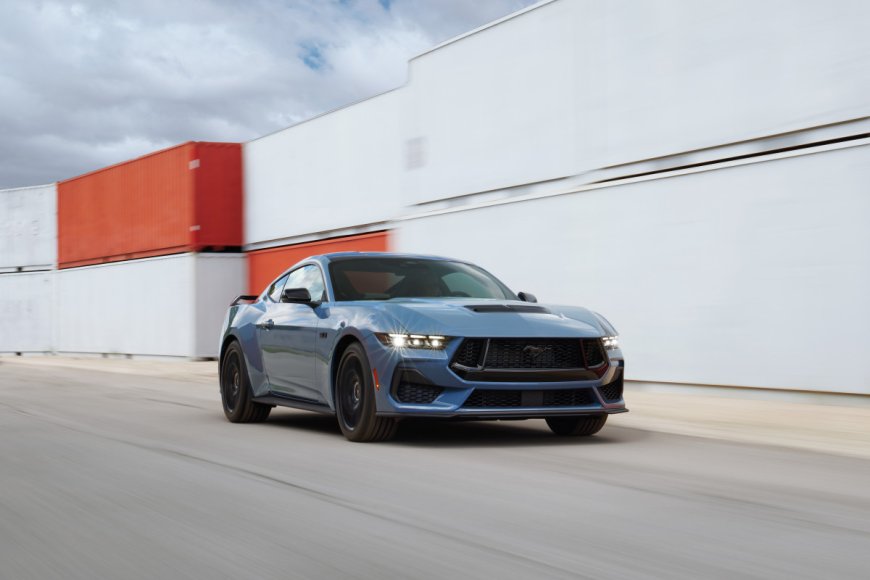
In 2024, the Ford Mustang Mach-E achieved a milestone few thought possible: outselling the traditional gas-powered Mustang. With 51,745 units sold, the electric crossover topped the gas Mustang's 44,003 sales by over 7,700 units. While some enthusiasts may still question whether the Mach-E deserves the Mustang name, the numbers paint a clear picture of shifting consumer priorities.
Of course, consumer preference isn’t the only factor at play. In 2024, Ford offered far more incentives to prospective Mach-E buyers than it did to Mustang customers. Still, even over the long term, the numbers don’t tell a pretty story about the original Mustang. Despite being the only two-door modern muscle car still in production, after the Dodge Challenger and Chevrolet Camaro's production runs came to an end, the Mustang continued a years-long sales decline. Ford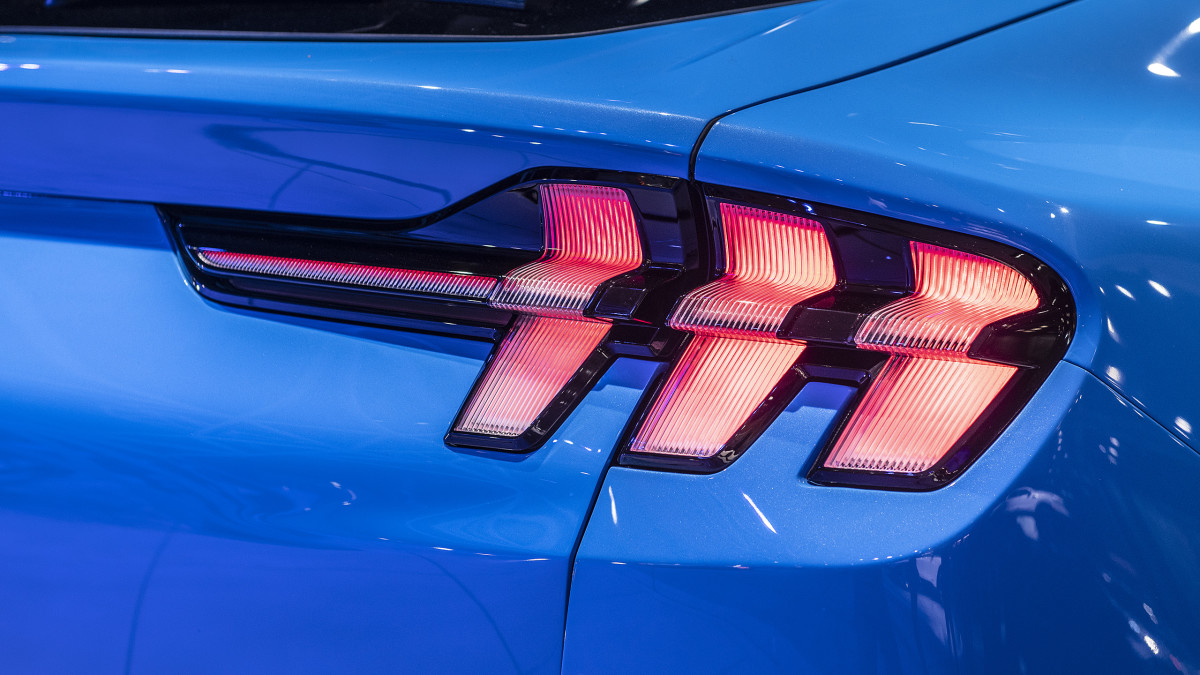
Related: In rare feat, Nissan Z outsold the Toyota Supra in 2024
The numbers tell the story
The Mustang Mach-E’s sales soared by nearly 27% in 2024 compared to 2023, marking its best year since its launch in 2021. On the other hand, the gas-powered Mustang faced its worst sales year ever, with a 9.5% decline.
View the original article to see embedded media.
Why the Mach-E is winning
EV incentives and lower leasing costs
The Mach-E’s success can partly be attributed to Ford’s strategic pricing and incentives. While it lost eligibility for the $7,500 EV tax credit in 2024 due to new restrictions on some battery materials from China, buyers can still get the credit through a leasing loophole. 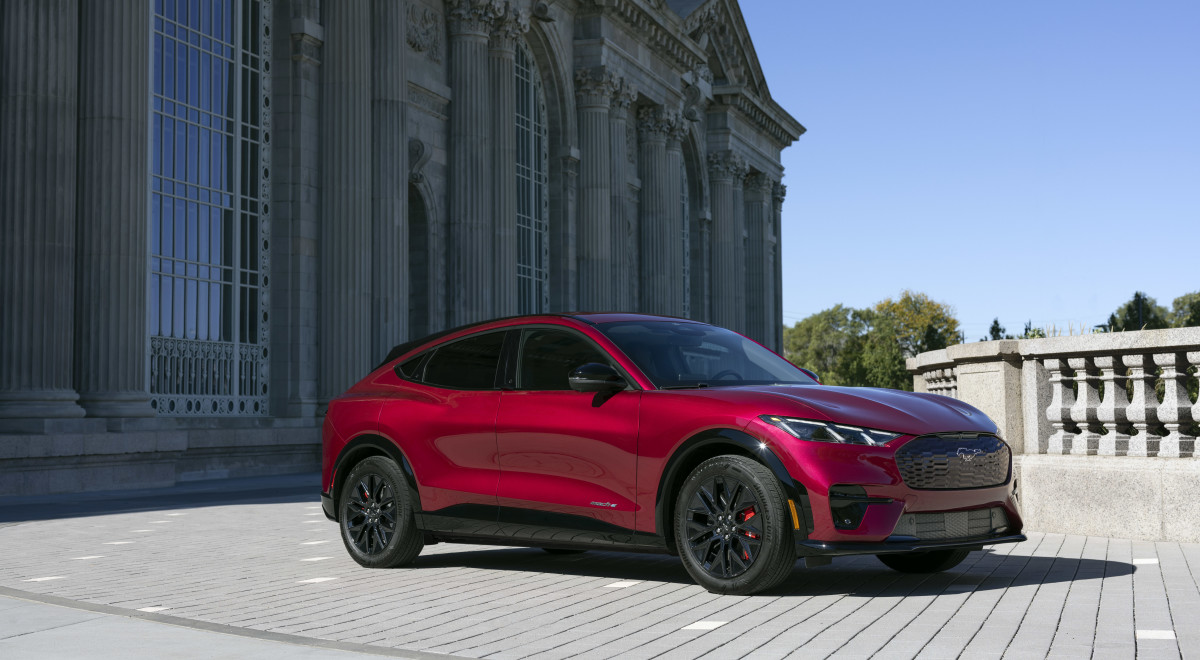
Ford also offered cheaper leases and bundled home charger installation at no extra cost. For 2025, the starting price for the Mach-E Select trim drops to $38,490, further widening the affordability gap between it and the gas Mustang. A base model 2025 EcoBoost trim Mustang starts at $31,920 but jumps to a hefty $46,560 for the cheapest V8-equipped GT model.
That gap played a big role in the fourth quarter of 2024. In the first nine months of the year, the gas-powered Mustang was set to beat the previous year in sales, but demand practically disappeared in the fourth quarter. Ford sold just 7,518 Mustangs in Q4, down 43% from the same period in 2023. During that same time, the Mach-E recorded a 36% increase in sales.
Practicality meets performance
Unlike the traditional Mustang, the Mach-E is a versatile crossover that fits most everyday needs. It offers ample cargo space, a range of up to 320 miles, and performance trims like the GT and Rally, capable of a 0-60 mph time as low as 3.3 seconds. For families and commuters, the Mach-E provides a more practical daily driver that still offers some of the performance that gas-powered Mustang drivers are after.
Related: Cadillac's design chief to steer GM's global styling Ford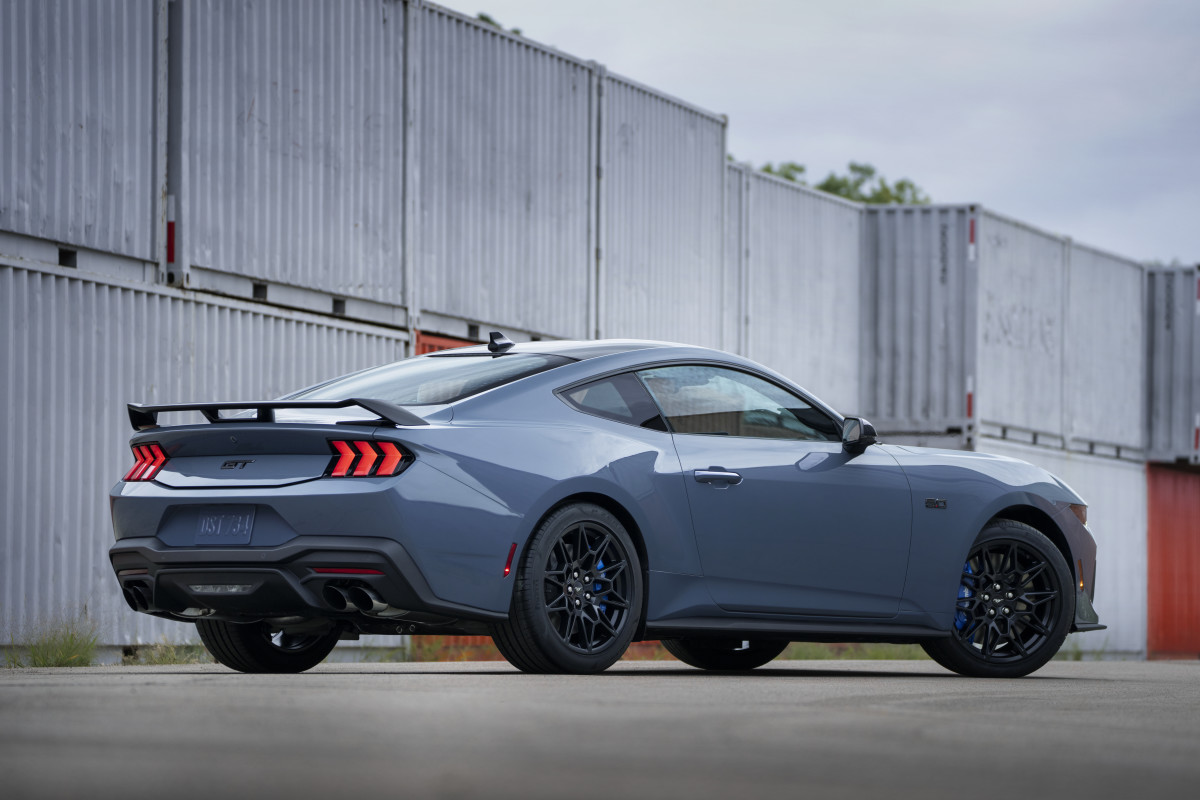
The decline of the gas Mustang
Market trends and competition
The gas-powered Mustang’s slump has been a long time coming. SUVs and crossovers dominate the American auto landscape, leaving coupes and sports cars to languish. Despite being the last traditional muscle car standing—after the Dodge Challenger and Chevrolet Camaro exited the market—the gas Mustang struggles to capitalize on its unique position.
Related: Tesla’s streak ends: EV sales decline for the first time in over a decade
Rising costs and polarizing design
The launch of the seventh-generation Mustang in 2023 didn’t help matters. Starting prices jumped significantly, with the base EcoBoost model priced at $33,515 and the GT trim reaching $44,455. Additionally, the design changes received mixed reviews, further dampening enthusiasm.
Ford’s EV momentum
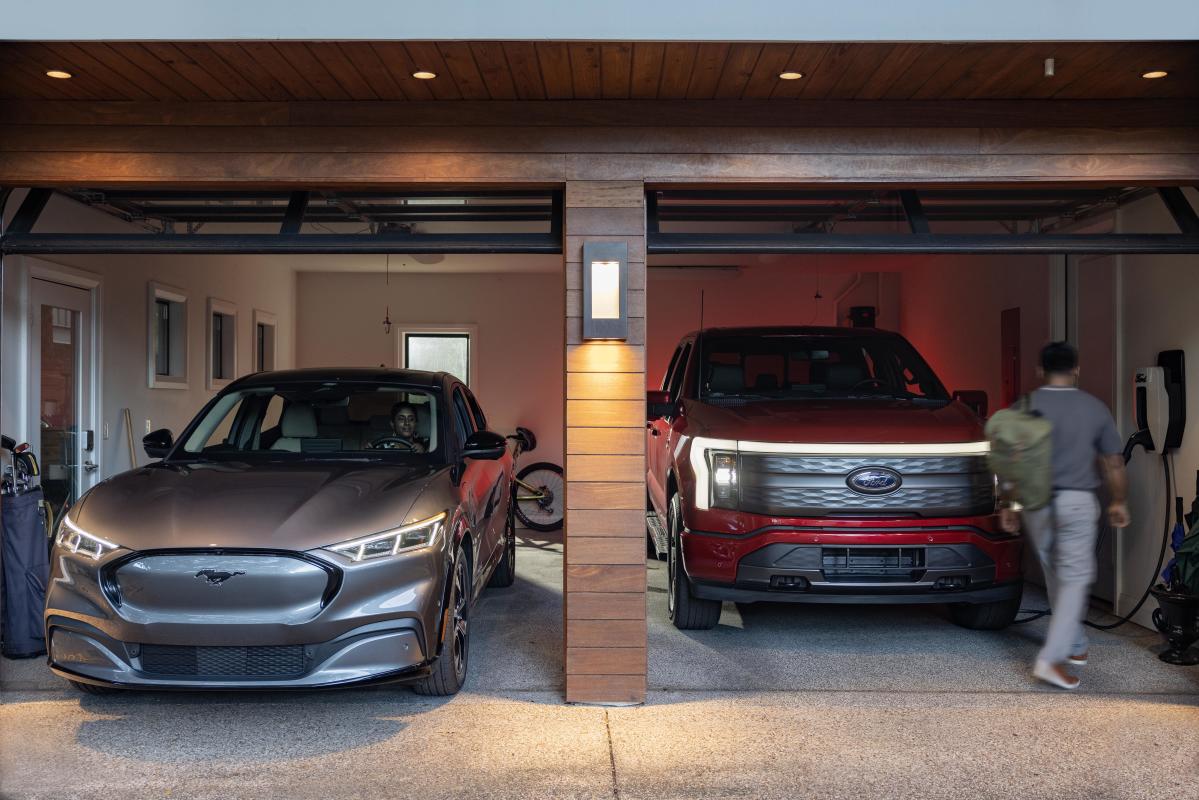
Ford
The Mach-E’s triumph aligns with Ford’s broader push into electrification. In 2024, Ford’s EV sales grew by 35%, with the F-150 Lightning and hybrid models also posting substantial gains. Overall, Ford’s total sales rose 3.1% for the year, underscoring the automaker’s push into electric vehicles.
What’s next for the Mustang?
The Mach-E’s success sets a high bar for 2025. Ford has shown that even losing federal tax credit eligibility isn’t enough to dampen sales, which is a promising sign as the incoming administration looks to repeal the credit entirely. Meanwhile, the gas-powered Mustang faces an uncertain future.
View the original article to see embedded media.
The timing may make the Mach-E look like it's stealing sales from its namesake, but the truth is that sales of the gas-powered Mustang have been trending down for nearly a decade, long before the Mach-E even came on the market.
Given the Mustang’s dwindling sales, we wouldn’t be surprised to see Ford go the way of the Dodge Charger in the coming years, offering gas and electric powertrains in the same body. With gas-powered Mustang sales lagging behind, it may be the only way we continue to see an ICE-powered Mustang continue into the future.
Related: Carvana under fire: Research report claims turnaround is a "mirage" Ford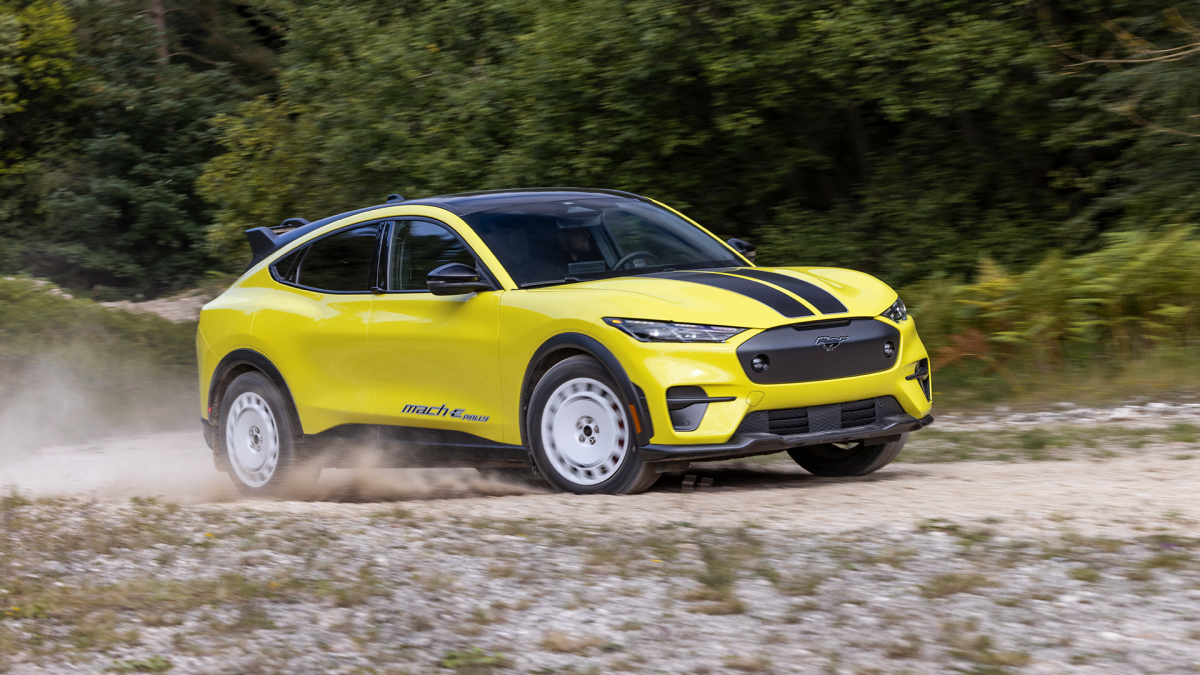
Final thoughts
With production of the current Mustang set to end in 2028, there’s a growing question of whether Ford will continue the gas-powered pony car into the next generation. It’s clear that many consumers are happy to embrace the Mustang’s electrified descendent, but the presence of one model doesn’t necessarily mean the elimination of the other.
Whether the Mustang continues in gas form will ultimately come down to how many enthusiasts are willing to pay up for the OG Mustang. We’re ready to be surprised, but the numbers don’t look hopeful.
Related: UK's absurd £15,000 fine per car EV policy hurts automakers and buyers











































